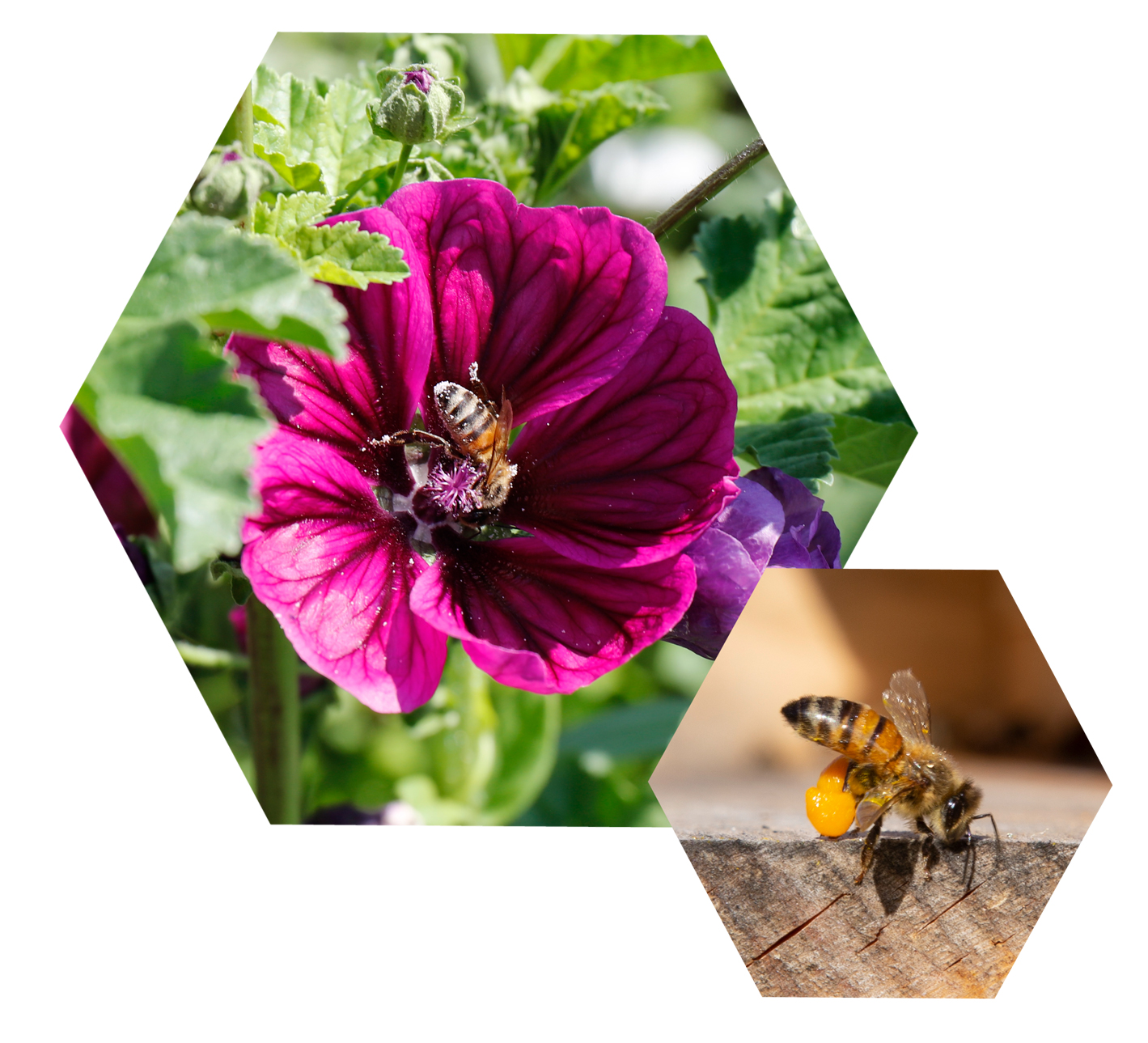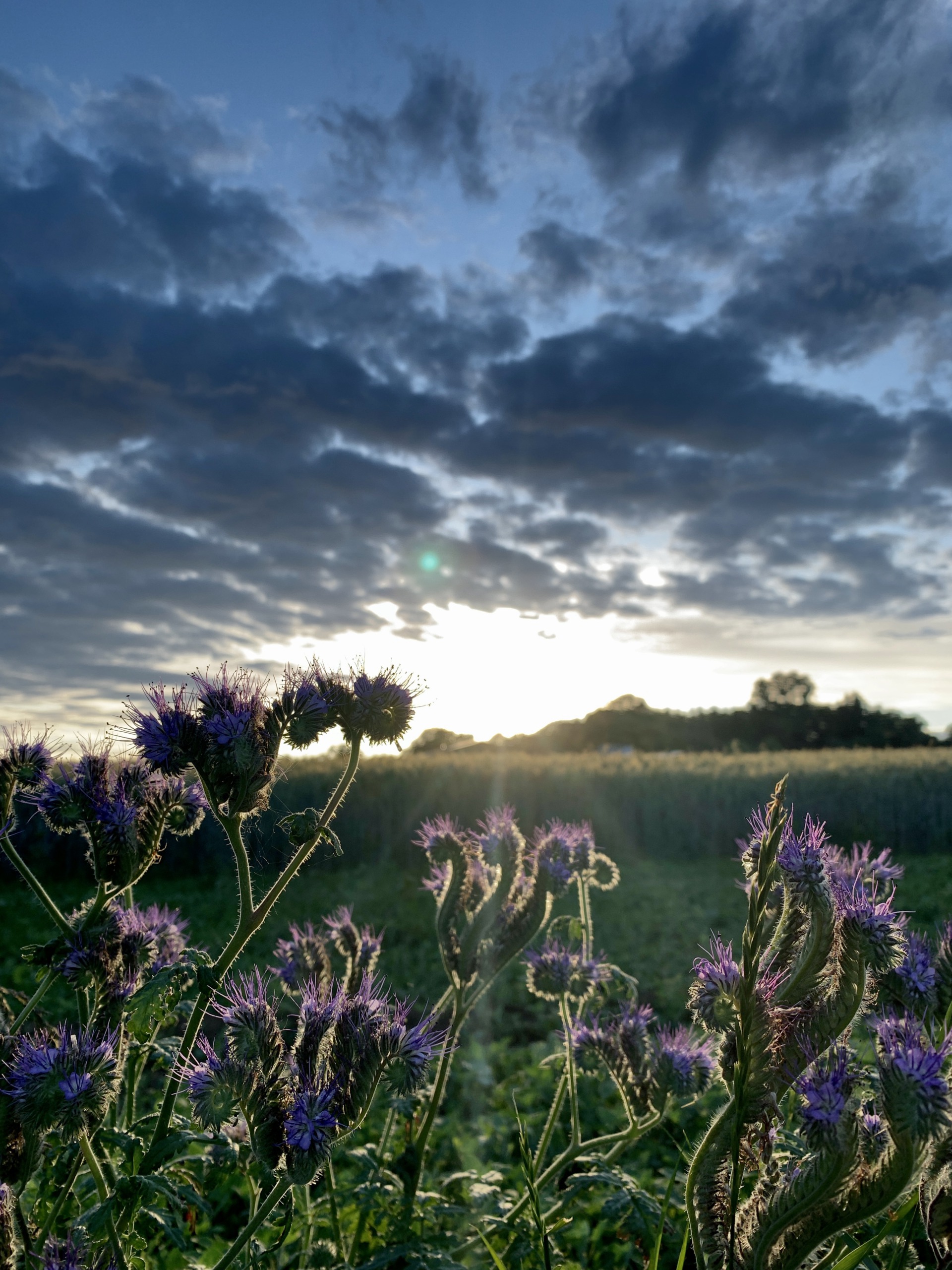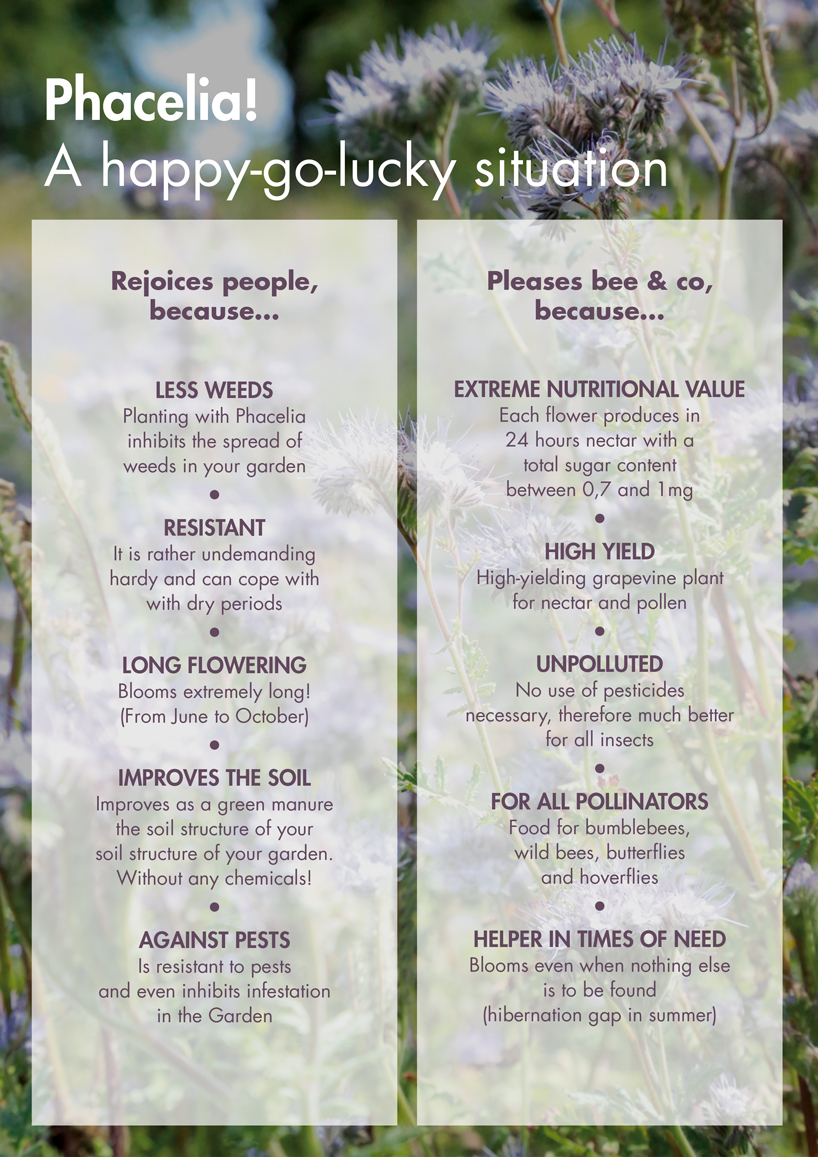This article is not only about honeybees, flowers and love, but first of all about how we can make a better life for our “pollinators”.
Bizarre: green deserts and colorful sterility
How appearances can sometimes be deceiving: Brightly colored beds with exotic flowering plants are in many parks and front gardens an eye- but far from a bee meadow!
One thing is clear: In their shrinking “habitats,” wild bees and honeybees are finding less and less food or structures to build their nesting tunnels.
The good news: It’s easy to help the bees!
The tips below will help in very tangible ways to counteract the disappearance of these all-important pollinator insects.
Everyone may. Anyone can. Postponing does not apply 😉

Our »how2lovebees« tips
- Shopping with heart and mind!
Seasonal food from regional, ecological agriculture is usually
usually better, since bee-harmful pesticides are avoided.
- Let it grow!
Don’t mow down all the little flowers on your lawn or sow bee-friendly plants! Whether in a balcony box, in the garden or on the terrace (urban gardening sends its regards). All of this offers a diverse range for bees, butterflies, bumblebees and co.
- Honey – only from the region!
Buy honey only from your region. Almost 80% of the supermarket supply comes from imports from non-EU countries, mostly from South America, where genetically modified plants are grown on a large scale, whose pollen then gets into the honey.
- No poison clubs!
You should refrain from using pesticides, herbicides and biocides in your home and garden that are harmful to honeybees. There are plenty of alternatives, such as nettle brew! Many organic gardeners give a tip for every problem.
- Stay clean!
Diseases such as American foulbrood (AFB) are introduced into our country. The triggering endospores are spread by honey residues in glass containers.
Therefore, it is best to wash honey jars in the dishwasher before throwing them into the glass container or to use reusable jars when buying them. (e.g. glasses from “Deutscher Imkerbund”).
and also…
With our bee sponsorship and the associated planting of large-scale bee pastures, we support environmental protection and species conservation. Through the wirliebenbienen network we indirectly help regional beekeepers, farmers and the preservation of the cultural landscape of Kraichgau with its beautiful orchards.
Because without bees no flowers* and without flowers no bees…
*Get a load of the bee friend: Phacelia!

Perhaps you have already noticed it, because the Phacelia (also called “Büschelschön” (tufted beauty) or “Bienenfreund” (bee friend) can be seen more and more often in rural areas as well as in urban regions of the republic…
The so-called beekeeper plant with its blue-purple flowers is not only beautiful to look at, but a real all-rounder for honeybees and humans. Our graphic quickly shows you why and may even make you want to sow a few bee friends yourself next early summer.

Learn more about our other projects on “W.R. Lang goes green”:
